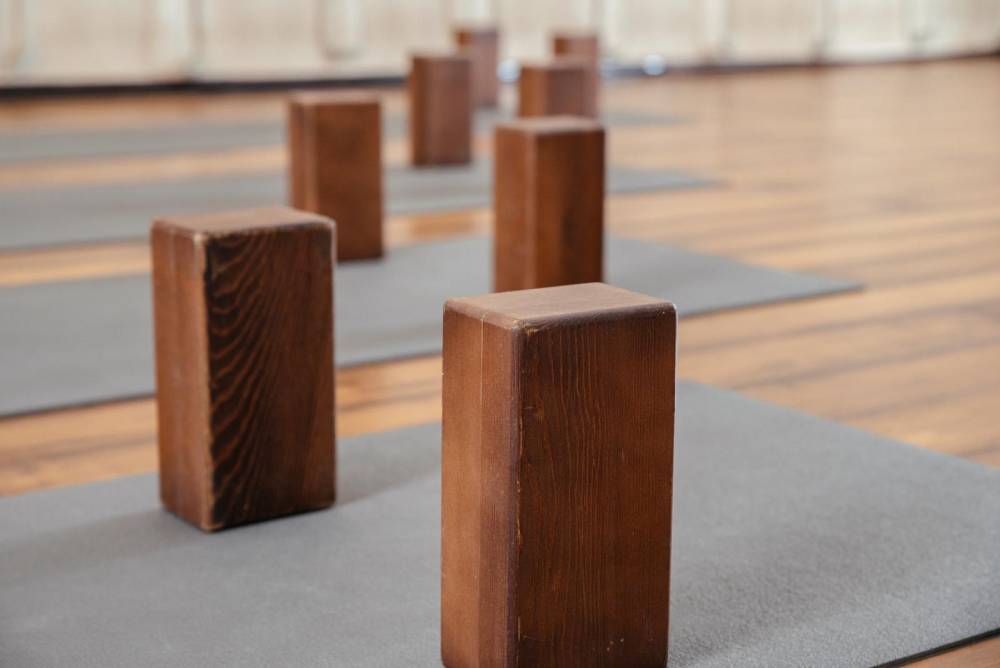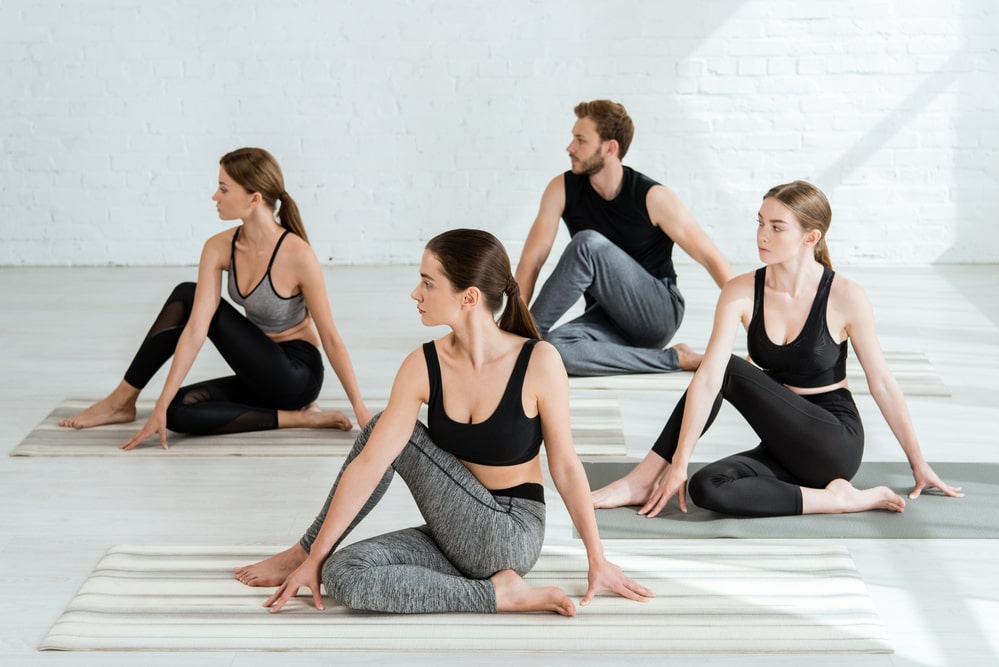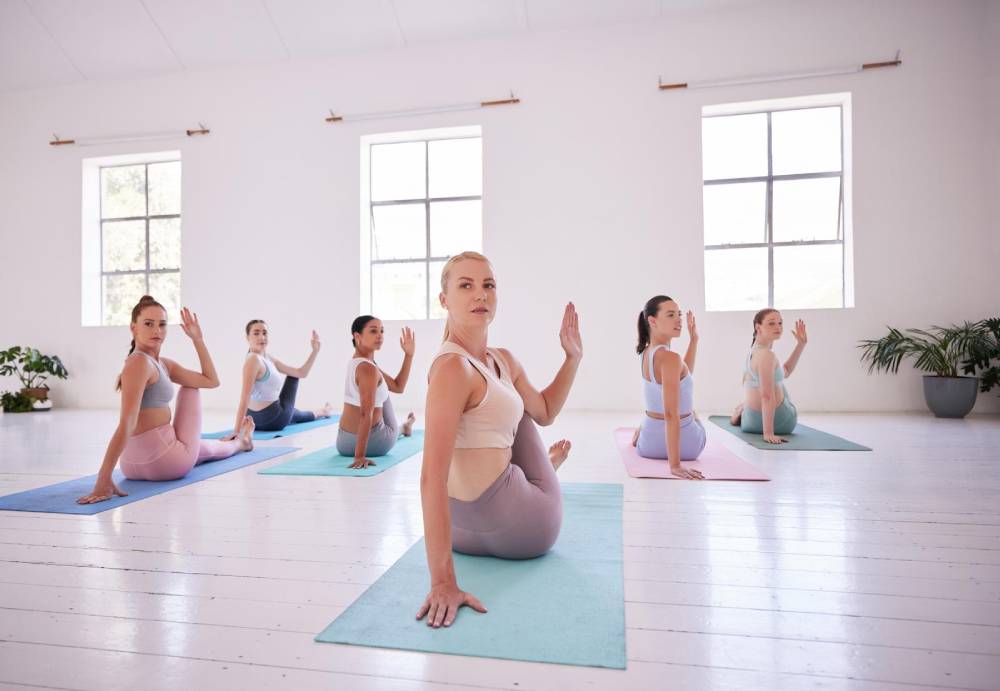Hot yoga is not just yoga in a sauna. The increased heat makes your body work out much harder and your muscles more flexible, so why is hot yoga so expensive?
Hot yoga is pretty expensive, but why? In short, the special requirement to set up and operate a hot yoga studio and ongoing training are the primary reasons behind the hefty price tag. The ever-increasing rental rates in the big cities also contribute to the overall financial scheme.
Keep reading to learn more about why hot yoga is so expensive.
Contents
High Construction Fees
Building a hot yoga studio from scratch costs a lot of money. Unlike regular yoga studios, which can be hosted at a simply-equipped studio or outdoors, a hot yoga dome requires many utilities and facilities to keep the hot environment running well.
Operation and Maintenance Fee for Infrared Heaters
The infrared heaters take just as much electricity to produce heat compared to a conventional heater, which is as high as 1500 watts for an hour. However, these IT heaters turn out to be the best resort to raise the temperature in yoga studios to the temperatures needed.
Infrared heaters work by warming the space and the people rather than heating the air. They distribute acting heat rays to dispel the cold fast, and they must keep running during a 90-minute time window for a single class.
Investment And Operation Costs For Humidifiers
A hot yoga studio cannot live without an industrial humidifier solution. Depending on the scale of the class, the humidifier’s are pretty pricey per machine, not to mention the ongoing cost to keep it running every hour. Before each class starts, the instructor has to activate the heaters and let them run for a while to steam up the dome.
Check out these yoga workshop ideas.
Company-Approved Amenities
To open a large hot yoga franchise, there is a set of strict rules the owners must comply with, including the exercises or poses, temperature, layout, and construction of the yoga studio rooms themselves.
For example, a Bikram Yoga room must be blanketed with an approved carpet to help students like you ease joints better, which is something you barely experience at a regular hot yoga studio made with a hardwood floor.
Skyrocketing Rental Expenses

Opening a hot yoga studio requires a decent space that can host up to 30 people. Rental rates keep skyrocketing every year, even for a small studio in the downtown core of a big city.
A hot yoga studio must be in a central location where participants can easily reach from their homes. On average, a class accommodating 20 to 30 people should expand somewhere around 1000 square feet of space, not to mention the studio owners have to pay a security deposit for the space. Depending on which class you’re going to and where you live, the deposit is somewhere between two months’ rent to one year’s rent, based on the management company and type of space.
At the end of the month, the owners have to take care of the ongoing expenses such as utility maintenance costs. These underlying costs are squeezed into the final operation expense and split equally amongst the fee structure that each student has to pay.
Franchising Fees
According to a post on Entrepreneur magazine regarding a listing calling for franchisee application for Real hot Yoga LLC, the owners have to pay a hefty initial franchising fee, not including the occurring percentage of sales, a royalty fee of 7% of gross revenues, and an advertising fund fee of 1% of gross revenues.
Not every hot yoga studio is a franchise. However, applying as a franchisee is much easier than setting up a new individual brand from scratch.
Payroll, Training, And Certifications
You’re not only paying for the space or salary of the instructors but also the investment contributes to constant training, benefits, teaching certifications, and hiring advertisements. Joining a large, well-reviewed hot yoga center where many certified instructors are running the classes means the monthly fee is expected to be higher.
The cost can be more expensive at a hot yoga franchise compared to an independent studio. The franchisees have to pay for the privilege of the brand and stay in line with the brand policy.
Only those teachers who acquire the certifications stamped by the brand itself are allowed to run their classes. Still, it costs a lot of money, including lodging for the training to acquire the certification. On top of that, continuing education and additional certifications are to provide you with the best training service so you can transform your body in all positive ways.
Different Types Of Hot Yoga

Hatha
Hatha yoga allows more flow, making it the best for beginners. Each pose is straightforward, combined with breathing basics in a calm, gentle nature.
Vinyasa
Vinyasa is best for those who love a good workout. Vinyasa yoga increases your heart rate and adds more cardio components to your total-body workout.
Ashtanga
Ashtanga comprises six pose sequences that allow you to flow through them quickly and has lots of internal heat involved, so it is best for those looking to perfect their skills.
Bikram
Bikram yoga is the best for those who want to push themselves. Perhaps the most talked-about one, each Bikram class has to comply with a standard set of very specific rules: 90 minutes long, 26 poses, 105 degrees, 40 percent humidity, and no music nor talking allowed.
If you liked this article, you might also be interested in Reiki yoga.



